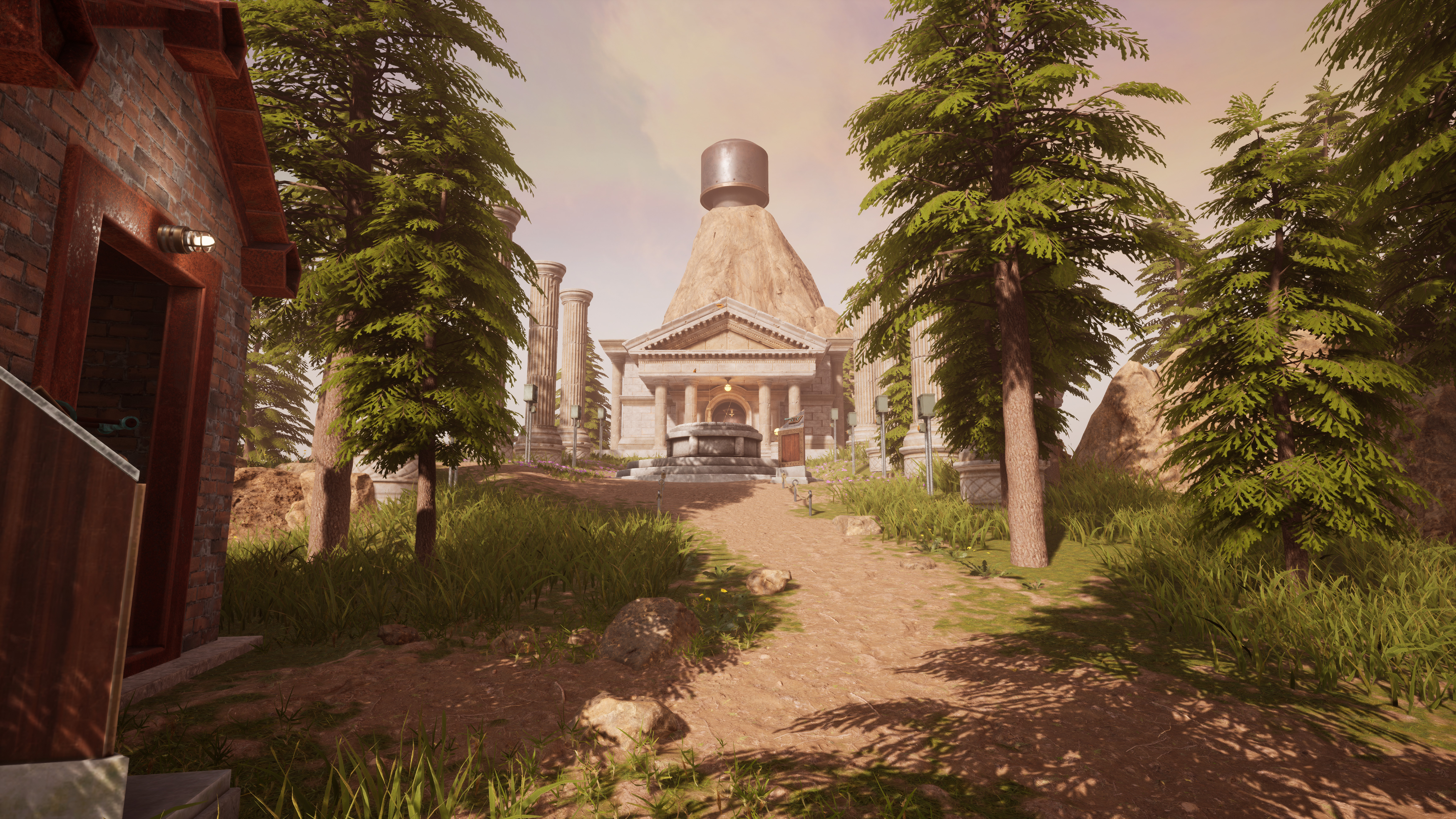

The Switch release, Johnson says, doesn’t simply run at a much higher resolution than the older PC version, it also maintains a steady 30 frames per second throughout. For example, the original release of realMyst suffered sharp criticism for its jumpy graphical framerates, which some felt shattered the sense of immersion that had been promised. realMyst debuted on PCs in 2000 and has appeared on numerous platforms since then, and with each revision it enjoys small improvements over the previous releases. It presents its environments as immersive 3D spaces players can maneuver around and through, allowing them to take in the island’s sights at their own pace rather than clicking from one pre-rendered image to another. RealMyst, on the other hand, is better suited for modern expectations. Making everything pre-rendered was the only way that Myst could achieve its (at the time) believable graphics.” “You'd click a hotspot on the screen, hear the whirring of the CD-ROM drive, and then be presented with the next image. “When the original Myst was released, the idea of having Myst -level graphics running in real time was impossible,” says Cyan’s Karl Johnson. Thanks to some clever design and a bit of custom programming, however, that slideshow appeared to push the boundaries of tech.
Real myst no pointer series#
The 1993 game was essentially an interactive slideshow, built around an aging technology called HyperCard, which limited it to a series of static images. In short, realMyst recreates the puzzles and environments of Miller’s classic computer adventure while updating the tech to run in real-time 3D. realMyst is simply our evolution of Myst to make sure it is still the ‘surrealistic adventure that will become your world.’” Because our goal was always to have players feel immersed in our worlds, new technology was simply a way for us to make the worlds more believable. “We used all the technology we had at our disposal to try and make players feel like they had been whisked away to another world and had become part of the adventure. “When my brother and I designed and built the original Myst, we considered that we were making a world, not just a game,” says Miller. The game’s latest iteration, realMyst Masterpiece Edition for Nintendo Switch, carries forward that same evocative ethos, which co-creator Rand Miller describes as a mission of world-building. Solitary, enigmatic, and gorgeous, Myst created a captivating world that enticed players to unravel its mysteries. Designed to take advantage of the enhanced storage capabilities of the CD-ROM format with its detailed, full-screen, computer-rendered environments, Myst quickly became a showpiece for new computer owners, who used it to show off their rigs the way stereo enthusiasts do with Pink Floyd’s The Dark Side of the Moon. There’s no question, however, that it’s one of the best-selling video games of all time. Perhaps because of this middle ground it treads, Myst has gone down in history as a divisive game, with critics and players split on whether it gave new life to adventure games or suffocated the genre. Full-motion video only showed up to depict environmental animations resulting from a player’s actions, and live actors only showed up around a handful of mysterious artifacts that tied into the player’s ultimate goals. Myst simply made the genre more accessible to the masses than the often unforgiving works of the ’80s had been its use of “Siliwood” style green-screened movies was sparing (to say the least). In every meaningful sense, it embraced the rules and design of adventure games. Its austere worlds were loaded with puzzles and mysteries, and players could absorb as much narrative and backstory as they liked while journeying through its unique environments. Despite its uncluttered interface and simple interface design, there was no mistaking what genre Myst belonged to.

Myst debuted in 1993 for Macintosh and PC and took what was, at the time, a radically minimalist approach to the adventure format. If The Secret of Monkey Island represents a high point for classic point-and-click adventure gaming, and Star Wars: Rebel Assault points to the genre’s bend toward “interactive movie” experiences once CD-ROM technology came along, Cyan Worlds’s Myst (and its updated version, realMyst ) could be seen as a midpoint between the two.


 0 kommentar(er)
0 kommentar(er)
